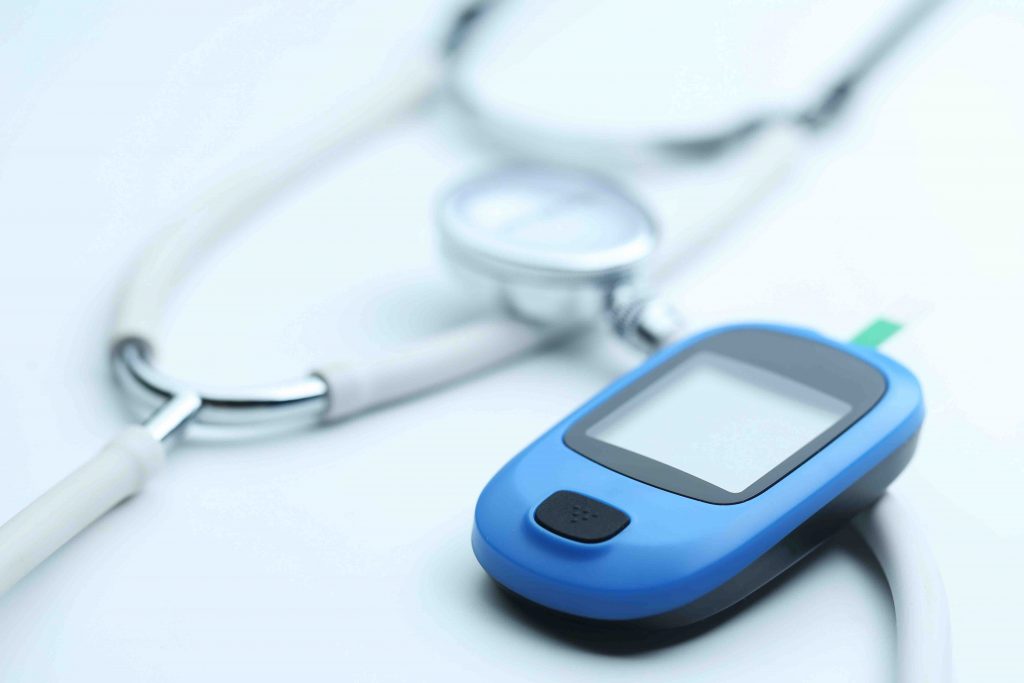
Estimated 30.3 million Americans, or 9.4% of the US population has diabetes, with the healthcare costs reaching nearly $404 billion annually (The economic burden of elevated blood glucose Level in 2017: diagnosed and undiagnosed diabetes, gestational diabetes mellitus and prediabetes. Diabetes Care, 2019). Its major complications include heart disease, visual impairment, kidney failure, neuropathy, and a spectrum of psychological disorders.
Advancing the suite of methodologies for management of diabetes, are a number of new clinical endpoints, including Time in Range (TIR), that signifies time that patient spends in a clinically acceptable glucose range, which can be easily monitored through advancements in digital health. Adoption of a consensus on how to use TIR in diabetes management could enable improvements in daily management of blood glucose, insulin administration, and hypoglycemia, and possibly lead to the reduction of risk of long-term complications. Efforts to establish such a consensus, led by the Advanced Technologies & Treatment for Diabetes (ATTD) group and American Diabetes Association (ADA) are ongoing (see for example, Clinical Targets for Continuous Glucose Monitoring Data Interpretation: Recommendations from the International Consensus on Time in Range, Diabetes Care, 2019).
A recently published report by IQVIA Institute for Human and Data Science discusses potential of TIR to improve long-term health outcomes and costs based on statistical AI modeling. These analyses use a validated simulation model to predict risk of major long-term diabetes complications. Key demographics and major diabetes disease characteristics, along with 2019 ATTD TIR consensus targets, are used as inputs into the model. The results provide an insight into TIR potential to reduce complications and the associated patient and societal health-economic burden, with conservative estimates ranging between $6.7-9.7 billion in cost reduction over a 10-year period.
